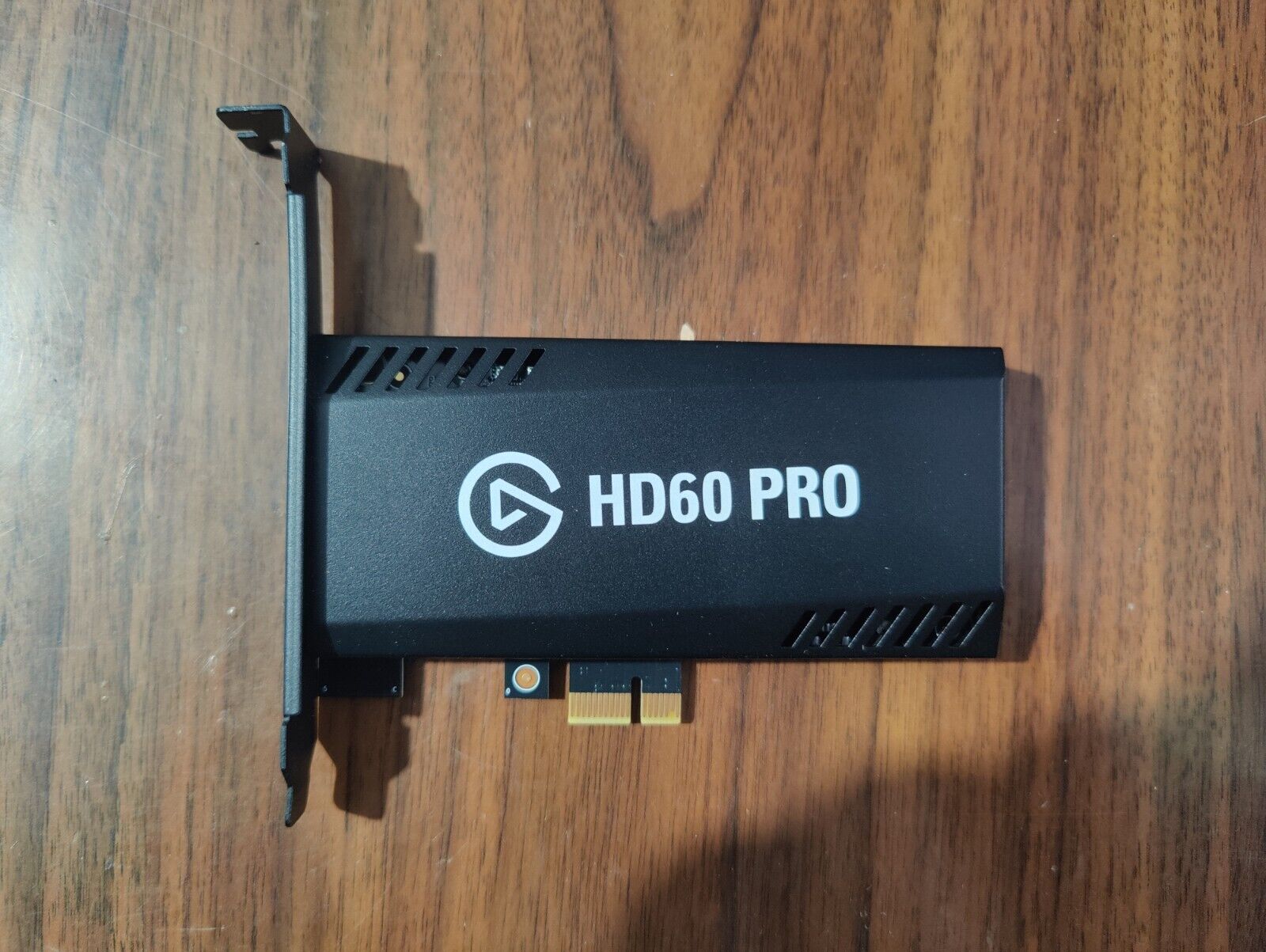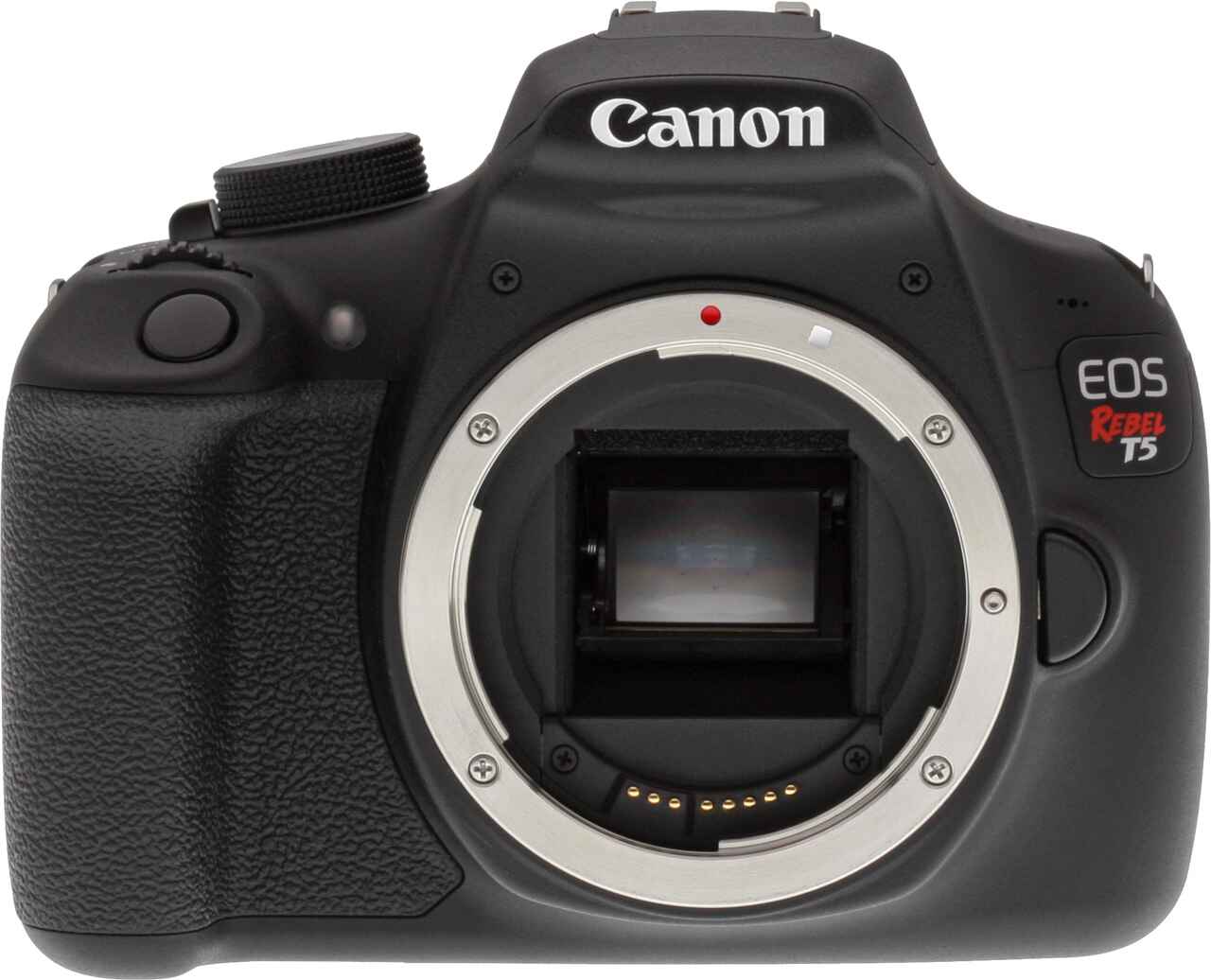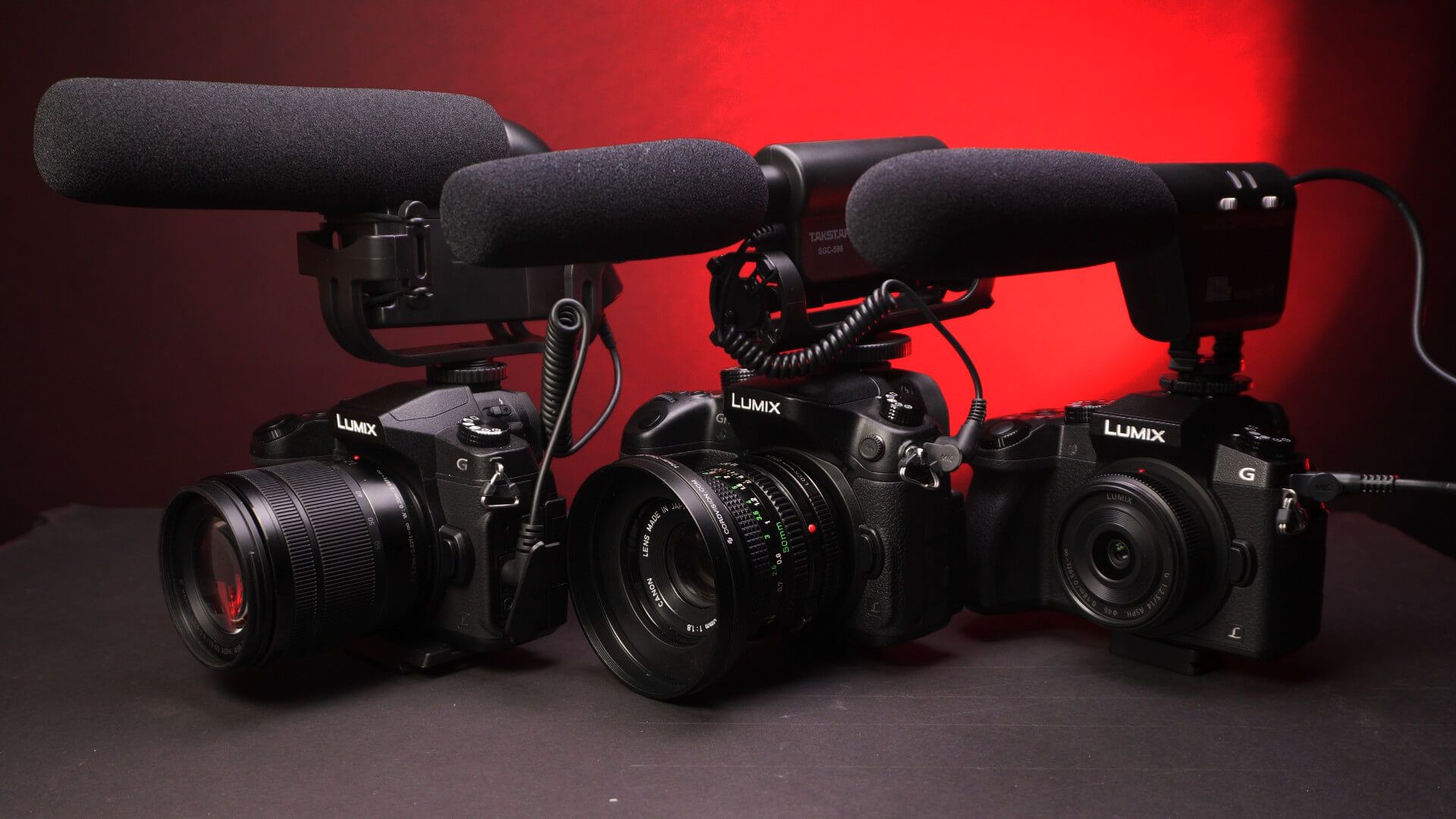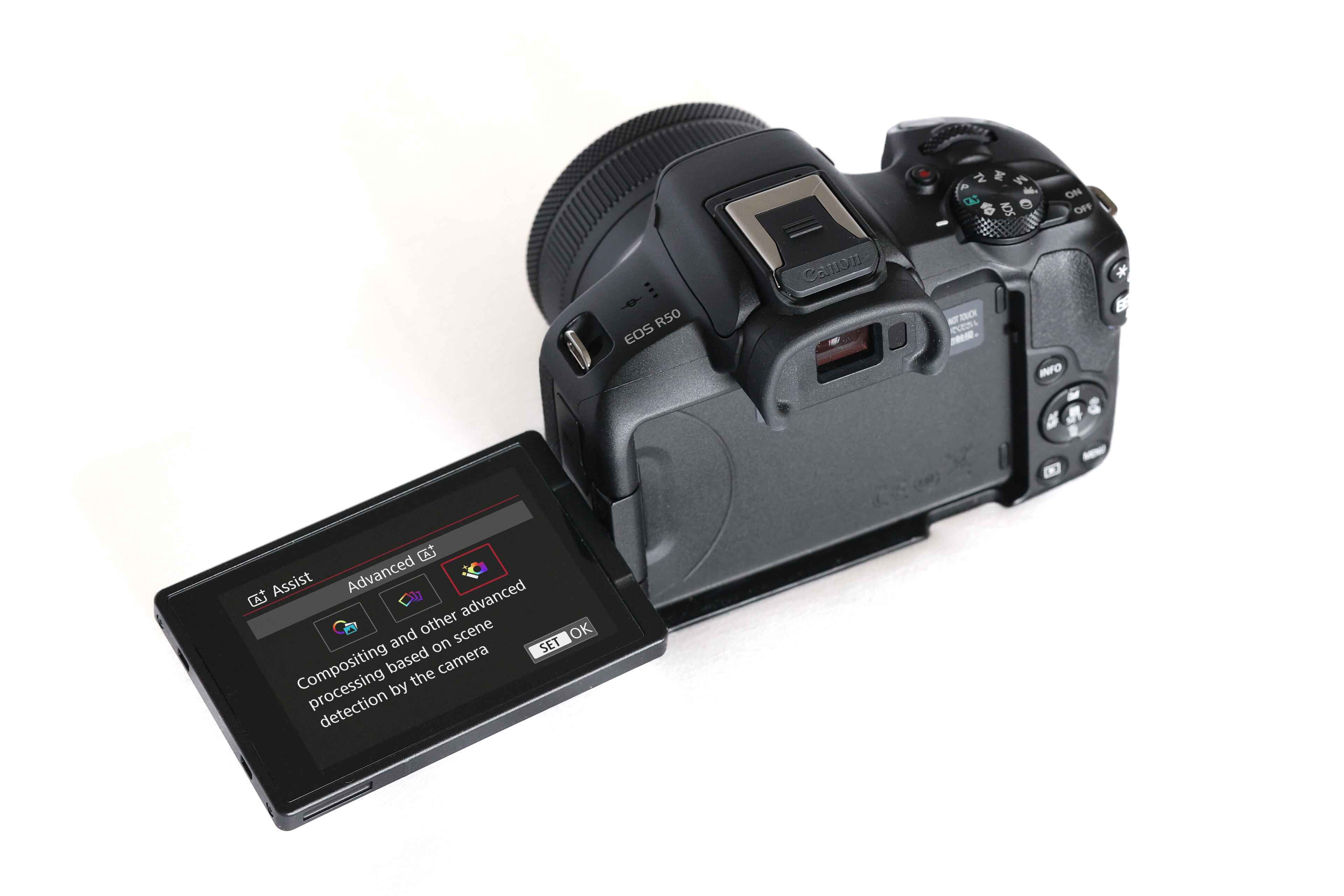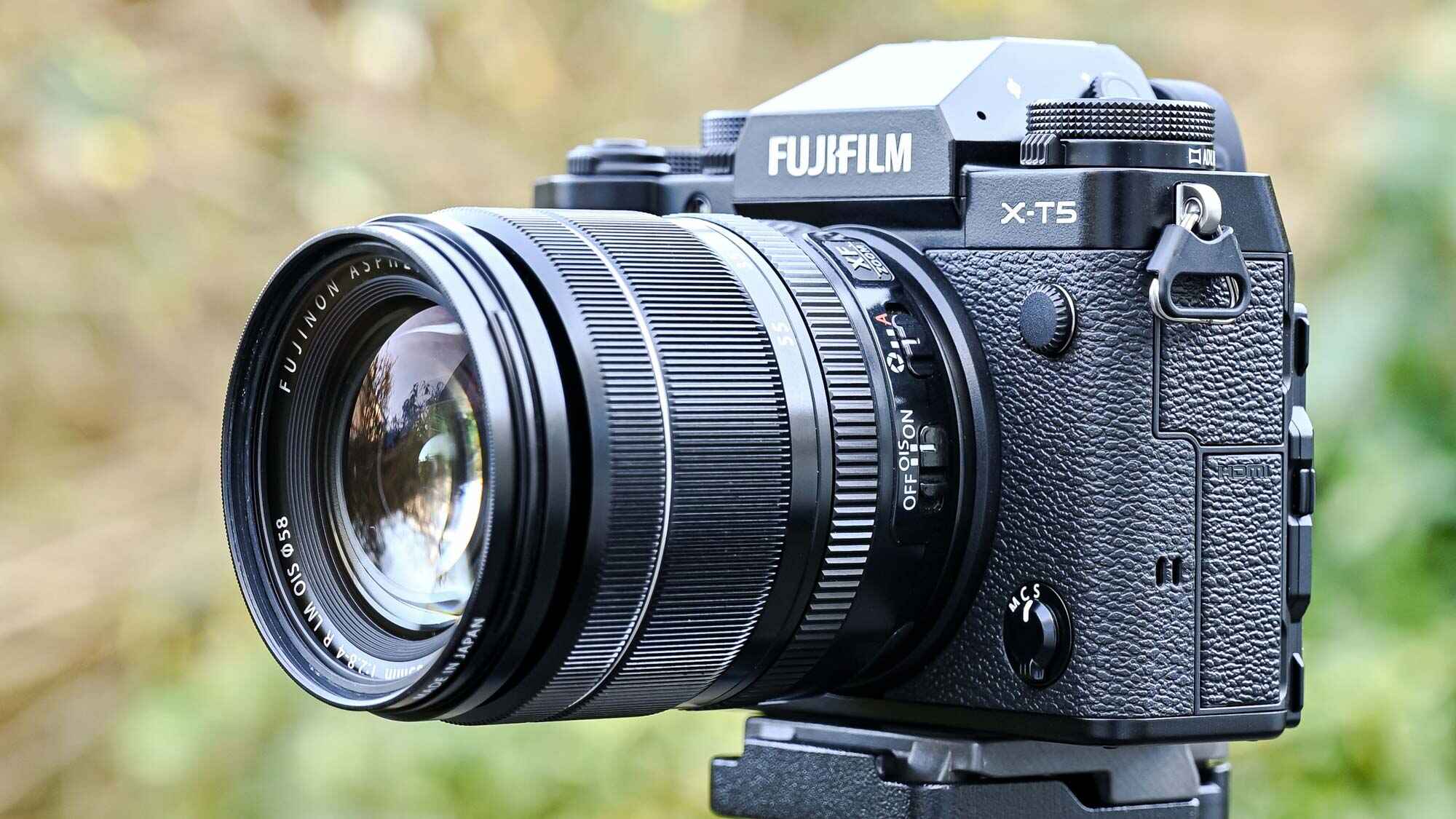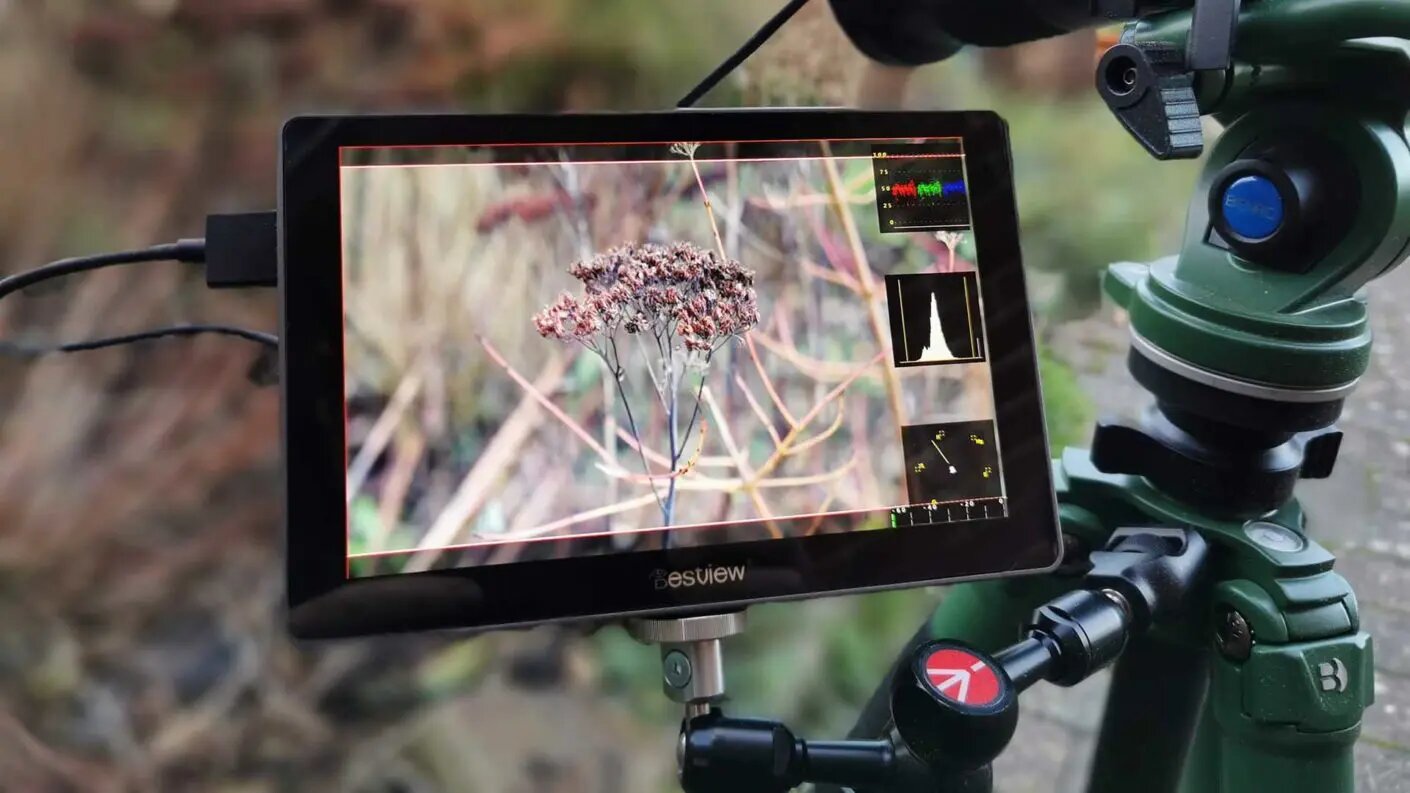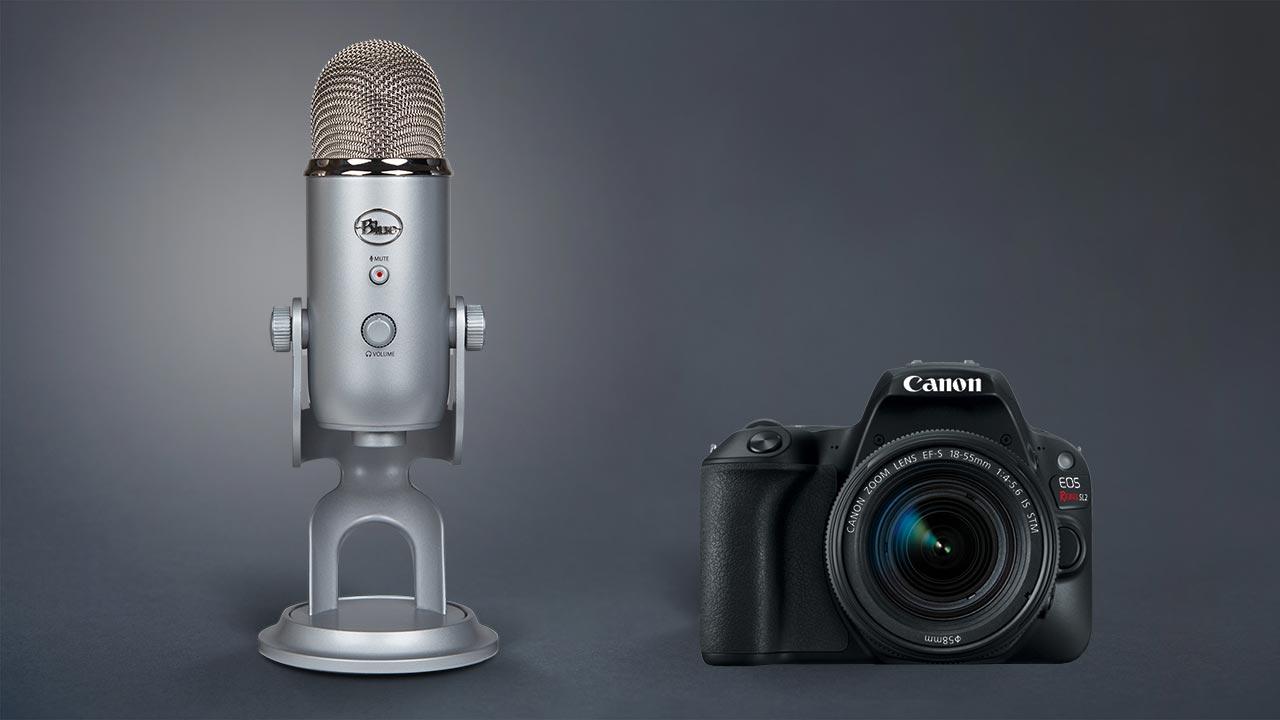Introduction
Introduction
Recording a monitor screen with a DSLR camera can be an effective way to capture high-quality footage for tutorials, presentations, or gaming videos. While there are various screen recording software available, using a DSLR camera can provide unparalleled image quality and flexibility in terms of framing and composition. Whether you're a content creator, educator, or gamer, leveraging your DSLR camera to record your monitor screen can elevate the production value of your videos.
In this guide, we will walk you through the step-by-step process of recording your monitor screen with a DSLR camera, covering everything from selecting the right equipment to optimizing camera settings and achieving a high-quality recording. By the end of this tutorial, you will have the knowledge and confidence to create professional-looking screen recordings using your DSLR camera.
Recording your monitor screen with a DSLR camera offers several advantages. It allows you to capture high-resolution footage with excellent color accuracy and detail, resulting in visually stunning recordings. Additionally, using a DSLR camera provides the flexibility to adjust focus, depth of field, and exposure settings, giving you greater control over the visual aesthetics of your recordings.
Whether you're creating educational content, showcasing your gaming skills, or producing professional presentations, the ability to record your monitor screen with a DSLR camera can significantly enhance the visual appeal and overall quality of your videos. With the right equipment and proper setup, you can achieve impressive results that will captivate your audience and elevate the production value of your content. Let's dive into the process of recording your monitor screen with a DSLR camera and unlock the potential of this powerful recording method.
Choosing the Right Equipment
When it comes to recording your monitor screen with a DSLR camera, selecting the appropriate equipment is crucial to achieving high-quality results. Here’s what you need to consider when choosing the right gear:
- DSLR Camera: The centerpiece of your setup is, of course, the DSLR camera. Look for a camera with a clean HDMI output, which will allow you to connect it to your computer for live video capture. Additionally, consider the camera’s resolution, frame rate capabilities, and low-light performance to ensure optimal recording quality.
- Lens: A high-quality lens is essential for capturing sharp and detailed footage. Depending on your recording setup and the desired field of view, you may opt for a prime lens for crisp imagery or a zoom lens for added flexibility in framing your monitor screen.
- Tripod or Mount: Stabilizing your DSLR camera is essential for achieving steady footage. Invest in a sturdy tripod or mounting system to securely position your camera in front of your monitor screen, minimizing unwanted movement or shaking during recording.
- Lighting: While not directly related to the camera, proper lighting is crucial for ensuring optimal image quality. Consider using soft, diffused lighting to eliminate harsh shadows and ensure balanced illumination across your monitor screen, resulting in a more visually appealing recording.
- Audio Capture (Optional): If your content requires accompanying audio, you may also need to invest in a microphone or audio interface to capture clear and high-fidelity sound. This is particularly important for tutorials, presentations, or any content where audio narration is involved.
By carefully selecting the right equipment, you can lay the foundation for capturing stunning monitor screen recordings with your DSLR camera. Each component plays a critical role in ensuring the overall quality and visual appeal of your footage, so take the time to assess your specific recording needs and invest in gear that aligns with your creative vision.
Setting Up Your DSLR Camera
Before you begin recording your monitor screen, it’s essential to properly set up your DSLR camera to ensure optimal performance and image quality. Follow these steps to prepare your camera for the recording process:
- Connectivity: Start by connecting your DSLR camera to your computer using an HDMI cable. Ensure that the camera’s HDMI output is set to “clean,” meaning it does not display any on-screen information such as focus points or exposure settings. This clean feed will provide a clear, uninterrupted view of your monitor screen.
- Power Supply: To avoid interruptions during recording, connect your camera to a reliable power source, such as an AC adapter or external battery pack. This will ensure that your camera remains powered throughout the recording session, preventing any potential loss of footage due to battery depletion.
- Manual Focus and Exposure: Set your camera to manual focus mode to prevent autofocus from shifting during the recording. Additionally, adjust the exposure settings to achieve the desired brightness and contrast for your monitor screen. You may need to experiment with aperture, shutter speed, and ISO to achieve optimal exposure.
- Frame Rate and Resolution: Configure your camera’s frame rate and resolution settings according to your recording preferences. Depending on your camera model, you may have options for different frame rates and resolutions. Select settings that align with your desired recording quality and file size requirements.
- White Balance: Ensure that your camera’s white balance is set accurately to capture true-to-life colors on your monitor screen. You can use custom white balance presets or manually adjust the white balance settings to match the color temperature of your monitor display.
- Monitor Display: Position your monitor screen in a location that provides optimal visibility and minimal glare. Adjust the screen’s brightness and contrast as needed to enhance the visual clarity of the content you’ll be recording.
By meticulously setting up your DSLR camera, you can lay the groundwork for capturing high-quality monitor screen recordings with precision and clarity. Taking the time to configure your camera’s settings and connectivity will ultimately contribute to the overall professionalism and visual impact of your recorded content.
Adjusting Camera Settings
Once your DSLR camera is physically set up, it’s time to fine-tune the camera settings to ensure optimal performance and image quality. The following adjustments will help you capture clear, well-exposed footage of your monitor screen:
- Aperture: Select an appropriate aperture setting based on the depth of field you wish to achieve. A wider aperture (lower f-stop number) can create a more pronounced background blur, while a narrower aperture (higher f-stop number) will result in a greater depth of field, keeping more of the image in focus.
- Shutter Speed: Adjust the shutter speed to control the exposure and motion blur in your recordings. A faster shutter speed can freeze fast-paced action on the screen, while a slower shutter speed may introduce motion blur, imparting a sense of fluidity to the visuals.
- ISO Sensitivity: Set the ISO sensitivity to achieve the desired level of brightness in your recordings. Keep in mind that higher ISO settings can introduce digital noise, so aim for the lowest ISO setting that adequately exposes your monitor screen without compromising image quality.
- Picture Style/Profile: Depending on your camera model, you may have the option to select a picture style or picture profile that influences the color, contrast, and saturation of your footage. Choose a style that aligns with your desired aesthetic and can be further adjusted in post-production if needed.
- Manual Focus: Utilize manual focus to ensure that your camera maintains a sharp, consistent focus on the monitor screen throughout the recording. Take care to accurately focus on the key elements of the screen content, especially if there are specific details or text that need to be clearly visible.
- Exposure Compensation: Use exposure compensation to fine-tune the overall brightness of your recordings. This feature allows you to adjust the exposure settings without directly altering aperture, shutter speed, or ISO, providing additional control over the final image brightness.
By adjusting these camera settings, you can tailor the visual characteristics of your monitor screen recordings to suit your specific content and creative vision. Each parameter offers a level of control over the recording process, allowing you to capture footage that meets your quality standards and effectively communicates your message to your audience.
Positioning Your Camera
Properly positioning your DSLR camera is essential for capturing a clear and well-composed recording of your monitor screen. Consider the following factors when setting up the camera:
- Angle and Framing: Position the camera directly in front of your monitor screen, ensuring that the entire display is within the frame. Adjust the camera’s height and angle to achieve a balanced composition, framing the screen content in a visually appealing manner. Take into account any on-screen elements or movements that will be captured during the recording.
- Stability: Secure the camera on a stable surface or tripod to minimize any potential shaking or movement during the recording. A steady setup is crucial for maintaining a consistent and professional-looking footage, free from unnecessary distractions caused by camera instability.
- Distance and Focus: Position the camera at an appropriate distance from the monitor screen to capture the desired level of detail and clarity. Ensure that the focus is accurately set on the screen content, especially if there are specific elements or text that need to be sharply rendered in the recording.
- Obstruction-Free View: Avoid obstructing the camera’s view of the monitor screen. Check for any potential visual obstructions, such as cables, objects, or reflections, that may interfere with the recording. Maintaining a clear line of sight between the camera and the monitor screen is essential for capturing unobstructed footage.
- Room Lighting: Assess the ambient lighting in the room and its impact on the monitor screen. Ensure that the lighting conditions are conducive to producing clear and well-exposed footage, minimizing any potential glare or reflections that could detract from the visual quality of the recording.
By thoughtfully positioning your DSLR camera, you can create an optimal setup for recording your monitor screen with precision and visual appeal. Taking the time to address these considerations will contribute to the overall professionalism and quality of your recorded content, setting the stage for a visually engaging and impactful viewing experience for your audience.
Recording Your Monitor Screen
With your DSLR camera properly set up and positioned, you’re ready to commence the recording process. Follow these steps to capture your monitor screen with your DSLR camera:
- Start the Camera: Power on your DSLR camera and ensure that it is connected to your computer or recording device via the HDMI cable. Activate the camera’s live view mode to display the monitor screen content on its LCD or electronic viewfinder, allowing you to frame and monitor the recording in real time.
- Initiate the Recording: Begin the recording on your DSLR camera, capturing the monitor screen content as it appears on your computer. Pay attention to the framing, composition, and clarity of the footage, making any necessary adjustments to the camera settings or position as needed to optimize the recording quality.
- Monitor the Progress: Continuously monitor the live view feed on your DSLR camera to ensure that the recording is proceeding as intended. Keep an eye out for any visual anomalies, focus issues, or exposure discrepancies that may require immediate correction to maintain the quality of the recording.
- Engage with the Content: If your recording involves interactive on-screen elements or demonstrations, actively engage with the content being displayed on the monitor screen. This may include demonstrating software usage, navigating interfaces, or providing commentary to accompany the visual content, enhancing the overall engagement of the recording.
- End the Recording: Once you have captured the desired monitor screen content, stop the recording on your DSLR camera. Review the footage to ensure that it meets your quality standards and accurately conveys the intended visual information before concluding the recording process.
By following these steps, you can effectively record your monitor screen using a DSLR camera, leveraging its capabilities to capture high-quality footage with precision and visual appeal. The process of recording your monitor screen with a DSLR camera offers a level of control and flexibility that can elevate the production value of your content, resulting in visually compelling and engaging recordings.
Tips for a High-Quality Recording
When recording your monitor screen with a DSLR camera, implementing the following tips can significantly enhance the quality and visual impact of your recordings:
- Optimize Camera Settings: Take the time to fine-tune your camera settings, including aperture, shutter speed, ISO, and white balance, to achieve optimal exposure and visual aesthetics. Experiment with different settings to find the ideal configuration for your specific recording environment and content.
- Ensure Clear Focus: Prioritize precise manual focus on the monitor screen content to capture sharp and detailed footage. Adjust the focus as needed to maintain clarity, especially when capturing text, graphics, or intricate visual elements on the screen.
- Minimize Ambient Noise: If audio is being captured alongside the monitor screen recording, ensure that the recording environment is free from distracting ambient noise. Using a dedicated microphone and controlling background noise can significantly improve the overall audio quality of the recording.
- Monitor Exposure Consistency: Regularly check the exposure levels of your recording to maintain consistent brightness and contrast throughout the footage. Avoid overexposed or underexposed areas on the monitor screen, as they can detract from the visual cohesiveness of the recording.
- Utilize Manual Camera Controls: Take advantage of your camera’s manual controls for focus, exposure, and other settings to maintain a high level of precision and customization throughout the recording process. Manual adjustments offer greater creative control and can result in more visually appealing recordings.
- Review Test Recordings: Before conducting a full recording session, perform test recordings to assess the visual quality and identify any potential issues. This allows you to make adjustments and refinements to the setup and settings before committing to a complete recording.
- Consider Screen Content Dynamics: If the monitor screen content involves dynamic elements such as rapid motion or transitions, adjust your camera settings and frame rate to effectively capture the fluidity and detail of the on-screen action without introducing motion blur or visual artifacts.
- Opt for Clean Composition: Strive for a clean and uncluttered composition when framing the monitor screen content. Avoid visual distractions or unnecessary elements in the frame that could detract from the focal point of the recording, maintaining a clear and engaging visual presentation.
By incorporating these tips into your recording process, you can elevate the quality and visual appeal of your monitor screen recordings, resulting in professional-looking content that effectively communicates your message and captivates your audience.
Conclusion
Recording your monitor screen with a DSLR camera presents a powerful opportunity to capture high-quality footage for various purposes, ranging from educational tutorials to engaging gaming content. By carefully selecting the right equipment, setting up your DSLR camera, adjusting camera settings, and positioning the camera effectively, you can achieve visually stunning recordings that elevate the production value of your content. Leveraging the capabilities of a DSLR camera allows for greater control over image quality, composition, and visual aesthetics, resulting in recordings that captivate and engage your audience.
Throughout the recording process, it’s essential to prioritize precise manual focus, optimized camera settings, and attention to detail to ensure the clarity and visual cohesiveness of the recorded content. Additionally, considering the dynamics of the screen content, minimizing ambient noise, and utilizing manual camera controls contribute to the overall professionalism and quality of the recordings.
By implementing the tips outlined in this guide, you can enhance the visual impact and effectiveness of your monitor screen recordings, creating content that resonates with your audience and effectively communicates your message. Whether you’re a content creator, educator, or gaming enthusiast, the ability to record your monitor screen with a DSLR camera empowers you to produce compelling and visually engaging videos that stand out in today’s digital landscape.
Embrace the creative possibilities offered by recording your monitor screen with a DSLR camera, and leverage this powerful method to showcase your expertise, entertain your audience, and deliver impactful visual content that leaves a lasting impression.









